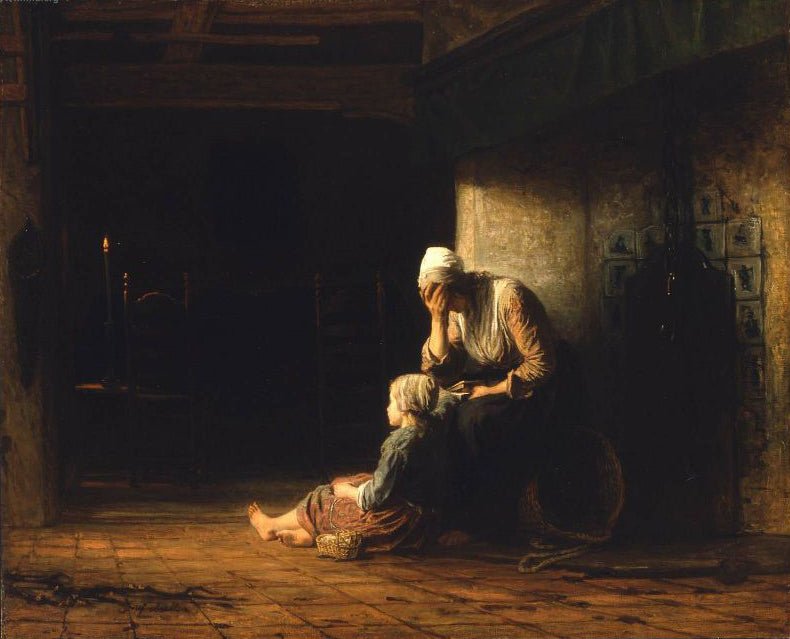
By Chrisatian Franzen
Jozef Israëls was born on the 27th of January 1824 in Groningen, Netherlands. Despite his fathers relentless push to be a businessman throughout his childhood, Israëls deep desire to be an artist prevailed and his family allowed him to pursue art as a career. He began his studies at the Minerva Academy in Groningen from 1835-1842 and later furthered his education at the Royal Academy of Fine Arts in Amsterdam. During his time at the Royal Academy he mastered his drawing skills under the tutelage of famed Dutch artist Jan Kruseman.
In 1845, he took a brief hiatus from his educational endeavors in order to serve as an assistant in Françios Picot's studio, located in Paris. After two years, Israëls no longer wished to be an assistant and moved back to Amsterdam where he settled into his own artistic practice.
Israëls work is often compared to that of French painter Jean-François Millet because of their shared desire in visually sympathizing with the life of the laboring class. Although Israëls work is often thought to have a more somber tone compared to Millet's of admiration towards the laborer.
After a move to Hague in 1870, Israëls and several other painters banded together in order to form the Hague School. The Hague School, often referred to the gray school because of their dull color usage, mimicked the ideals of the French Barbizon School. This new school existed in the artistic revival in the Netherlands, referred to as the Romantic period in Dutch Painting. The main focus of these paintings was the rural Dutch landscape and the lower class people that populated the mass landscape. Israëls continued to work in the Barbizonesque style of realism until his death in 1911.





 Photos Jessie Stopnik
Photos Jessie Stopnik











 Photos Jessie Stopnik
Photos Jessie Stopnik
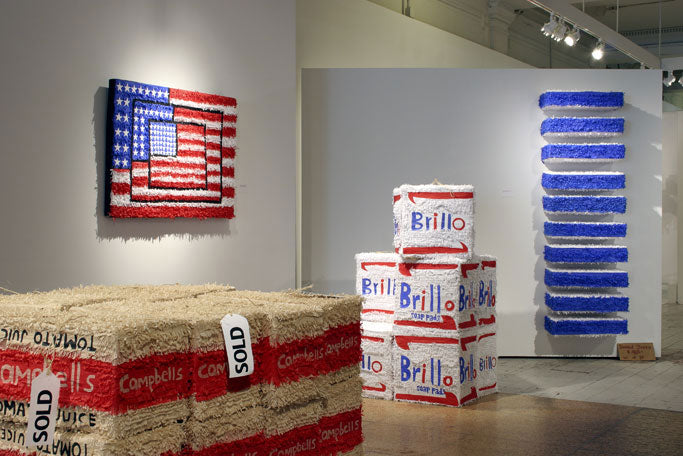
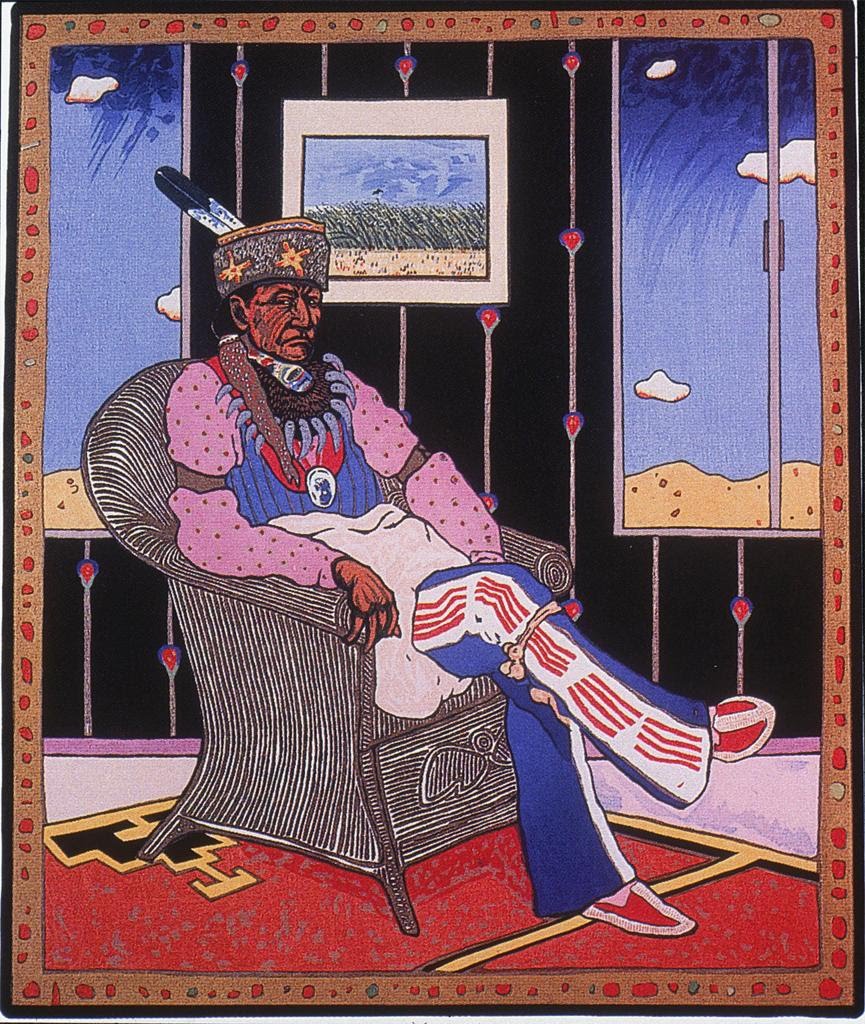
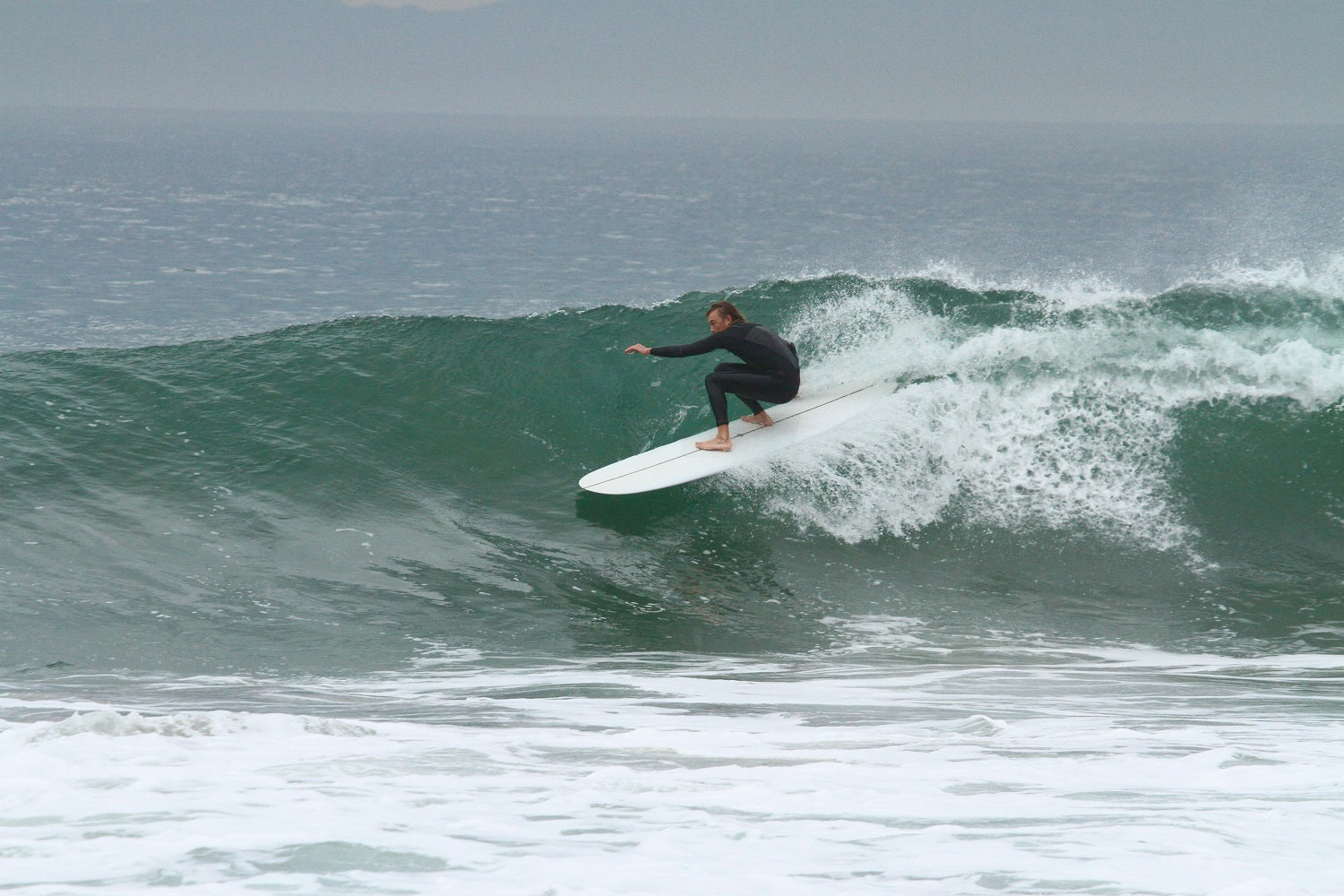

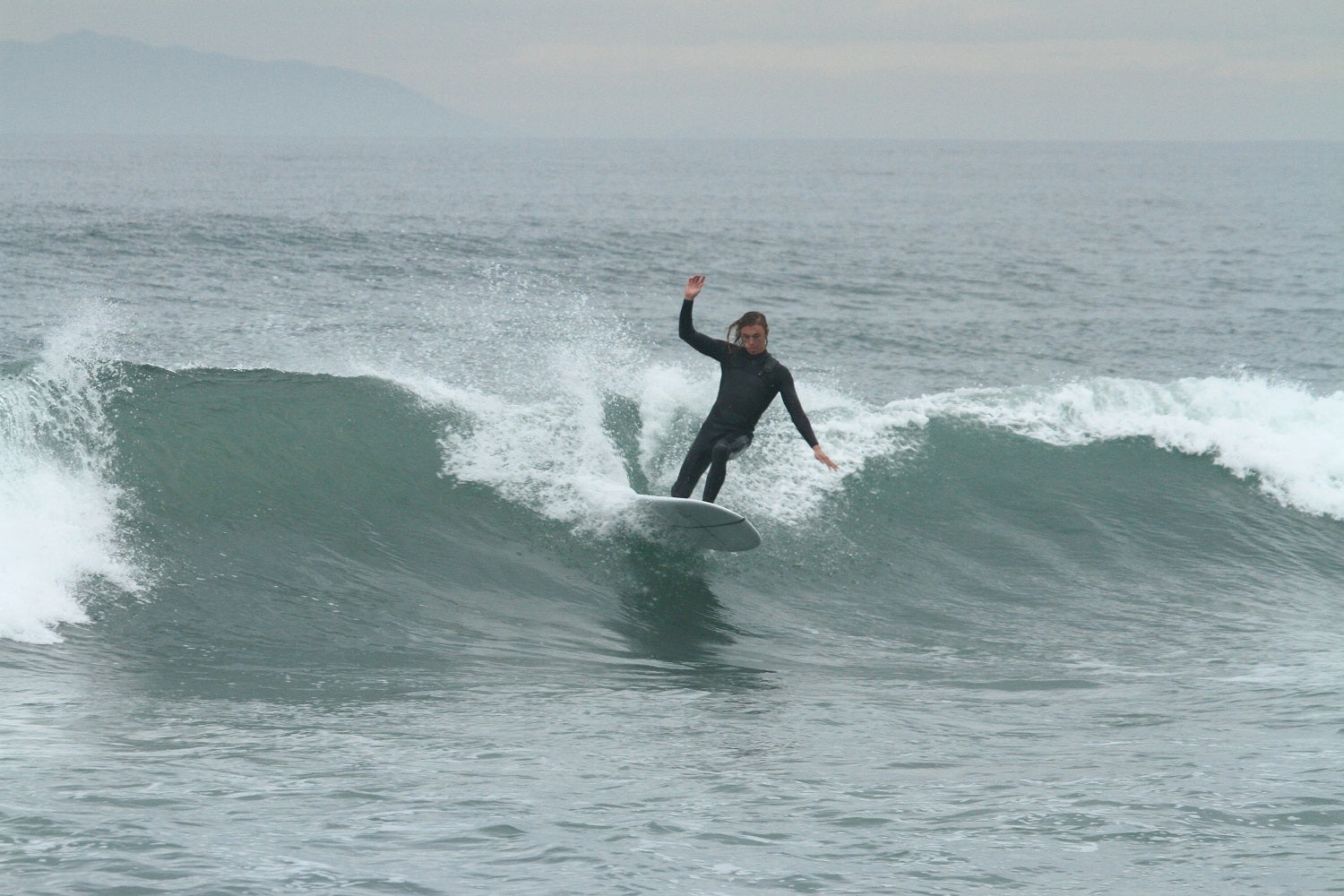
 Photos Jessie Stopnik
Photos Jessie Stopnik






 Photos Thomas Green
Photos Thomas Green






 Photos Carson Hart
Photos Carson Hart








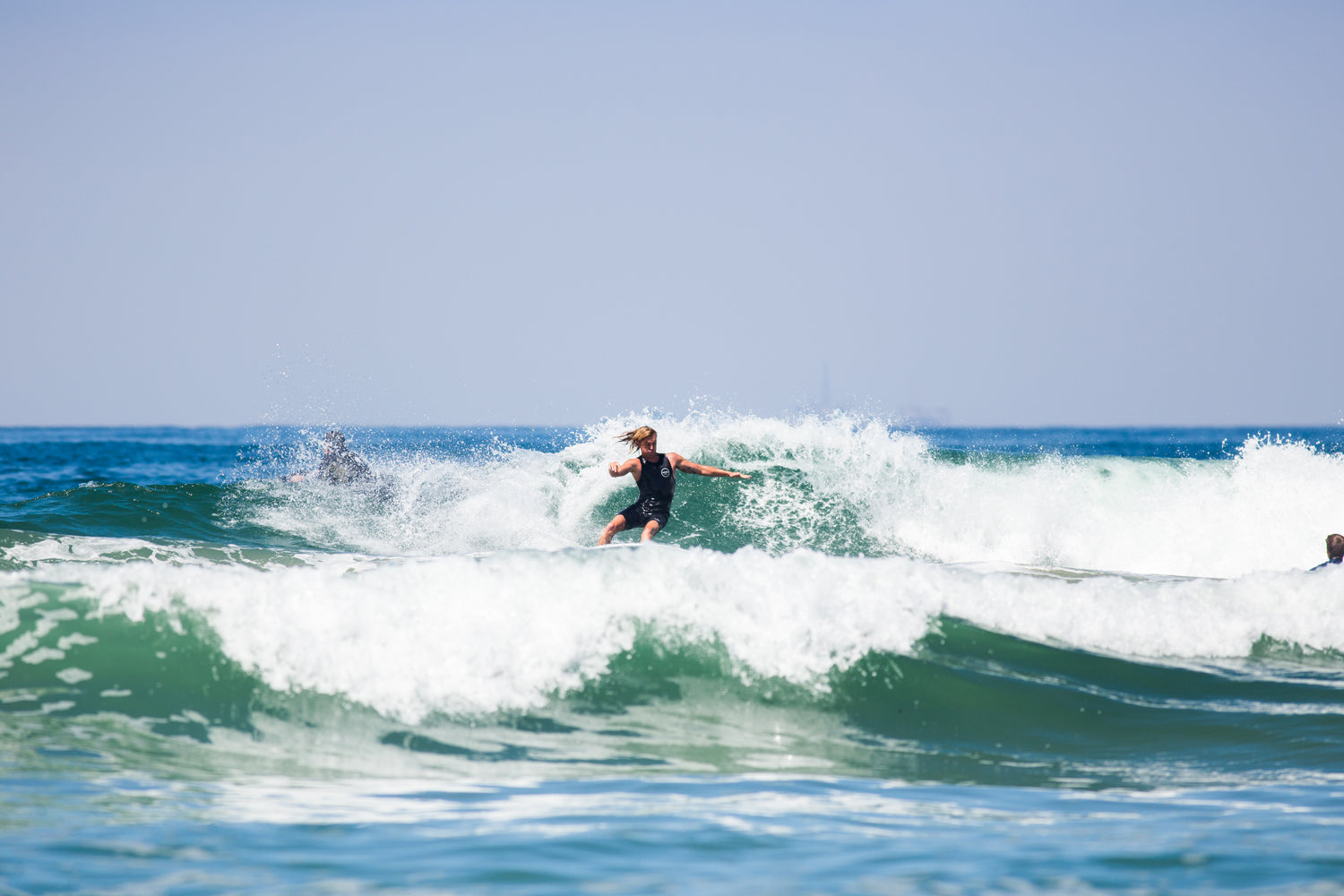

 Photos Thomas Green
Photos Thomas Green
